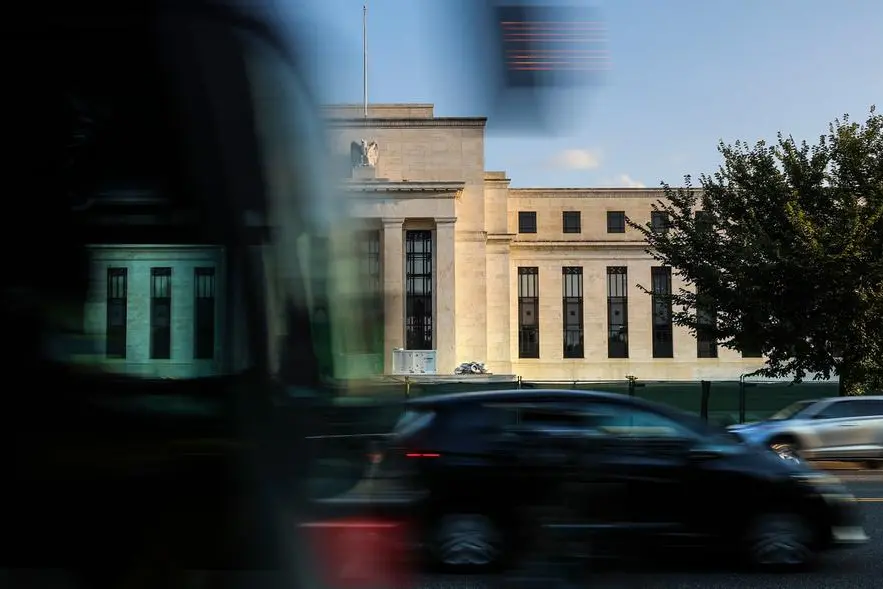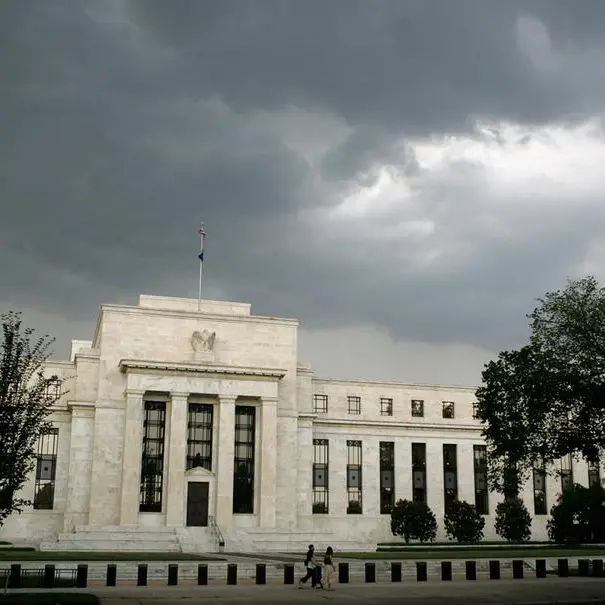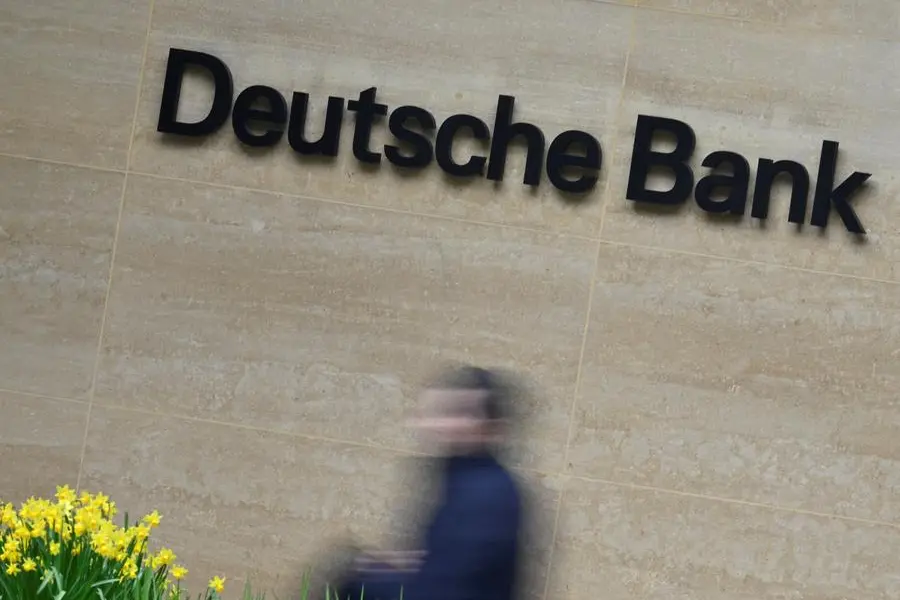PHOTO
(FILES) In this file photo taken on September 19, 2022, traffic passes by the Marriner S. Eccles Federal Reserve Board Building in Washington, DC. - It likely will be "appropriate soon" for the US central bank to slow the pace of interest rate increases, Federal Reserve Vice Chair Lael Brainard said on November 14, 2022. (Photo by Kevin Dietsch / GETTY IMAGES NORTH AMERICA / AFP)
Higher borrowing costs are leading to fewer US home sales, but prices are staying elevated in a holdover from the torrid peak-pandemic market.
In November, existing home sales were down more than a third from the January 2022 level, according to the National Association of Realtors (NAR).
That came shortly after the borrowing rate for a 30-year fixed mortgage -- the reference lending product in US real estate -- hit 7.16 percent in late October, the highest level in 21 years.
Interest rates have retreated slightly since then, but stand well above their levels for most of the last decade and a half, a reflection of the Federal Reserve's monetary policy pivot to counter inflation.
"The market has certainly shifted here in Denver," said David Schlichter, a real estate agent for Compass in Colorado, who called the peak pandemic of the recent past "the hottest market in history."
But today's batch of properties last longer on the market and are "selling for a price below the asking price," Schlichter said.
Drake, a home buyer who declined to give his last name, expects to soon close on a house in Austin, Texas at four percent below the listing price.
"Now is the best time to buy in the last 1.5-two years if you're reasonably secure in your job and have a decent down payment saved," he told AFP.
Notwithstanding these examples, real estate prices have remained relatively strong, reflecting the limited stock of available homes, said industry insiders.
The median sales price in November was $370,700, according to NAR, down 11 percent from the June peak.
But that's still up 3.5 percent from the year-ago period and some 30 percent higher compared with May 2020 before the pandemic set the market ablaze.
In light of a slowing economy, CoreLogic has forecast that prices will fall 2.8 percent by November in 2023 compared with the 2022 period.
But nothing like the 2008 subprime debacle is expected. Between June 2008 and January 2012, home prices slumped 27 percent amid the Great Recession.
Few homes available
Lending practices in the US housing market have changed significantly from that period.
In 2006, nearly 35 percent of mortgages were tied to an adjustable-rate in which lending fees rose when the Fed lifted interest rates.
Today, only about 10 percent of mortgages do this, insulating most legacy mortgages from a hit from the Fed's pivot away from near-zero interest rates.
The limited volume of available housing stock is another big point of contrast with that period.
Real estate companies overbuilt during the last housing boom period during the first decade of the 21st Century, said Lawrence Yun, chief economist at NAR.
"The homebuilders have been underproducing for this past decade," Yun said. "So if there's a mild recession again, I think the inventory increases should not be that great."
Slim pickings as far as available homes for sale translates to lofty home prices, a burden to first-time buyers.
"Housing affordability is definitely a concern," said Yun. "Many young people who want to be owners don't have the financial resources to become owners."
Housing insiders said the impact to home prices from the Fed's dramatic policy change has been less pronounced than expected.
"Our inventory is still very low, which is keeping prices up," said Richard Stanton of Stanton Company Realtors in Montclair, New Jersey.
"I would've thought interest rates would've had a more pronounced effect, but we're really not seeing that right now."
Levi Lascsak of real estate agency Living in Dallas said the dynamics are still more of a seller's market, but one that is more balanced compared with a year ago.
"We're still seeing in the Dallas market, sometimes two or three or four offers on a home," he said. "But last year, we were experiencing, on average, like 25 to 30 offers."





















